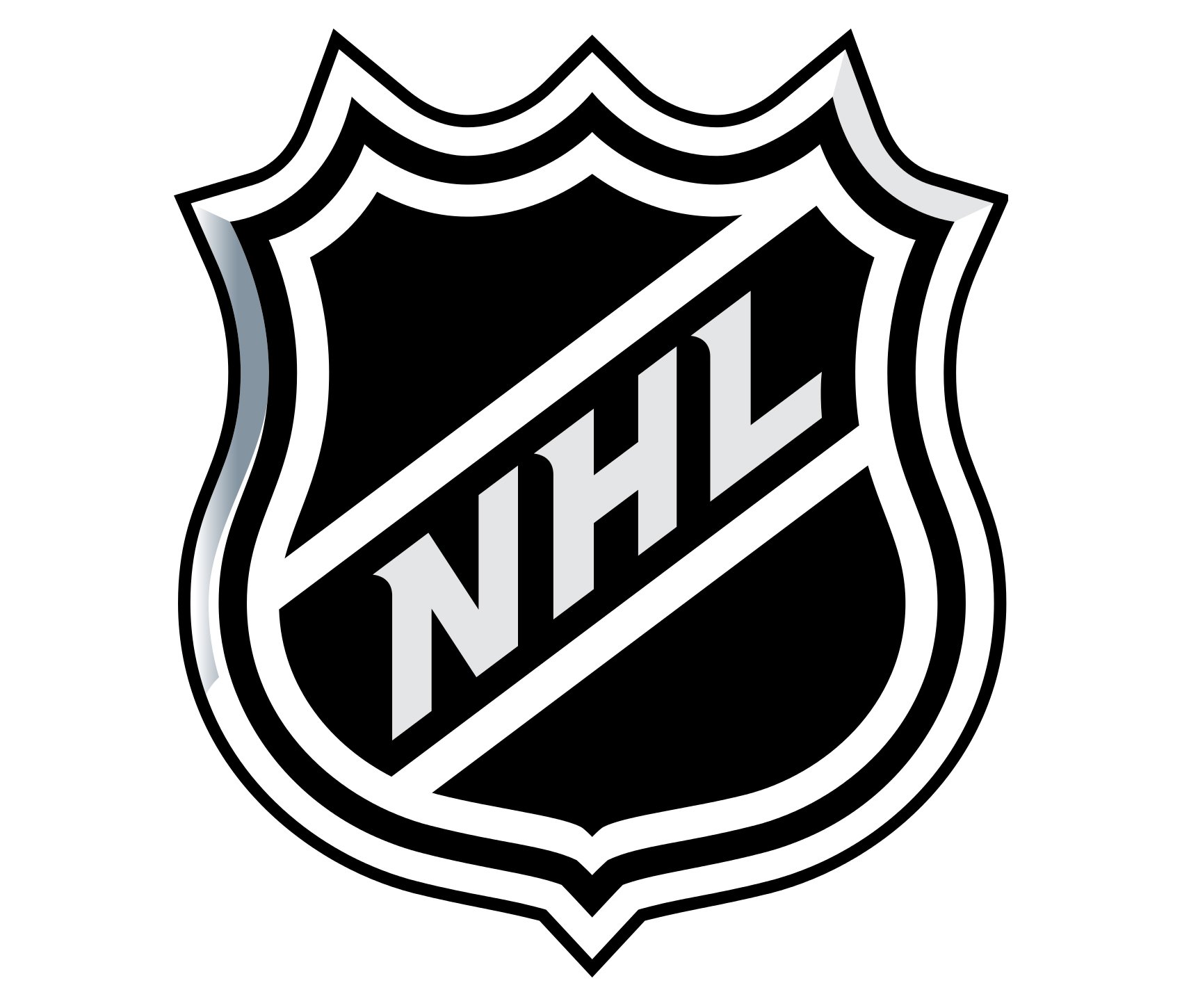Each year, the hockey world buzzes about offer sheets. Almost always, nothing happens. The RFA's team has the right to match, and if it doesn't, the compensation is too high: as many as four first-round draft picks spread out over five seasons.
No RFA has signed an offer sheet since Feb. 28, 2013, when Avalanche center Ryan O'Reilly signed a two-year, $10 million offer sheet with the Calgary Flames. The Avalanche matched it.
The last player to switch teams because of an offer sheet: Ducks forward Dustin Penner, who signed a five-year, $21.5 million offer sheet with the Edmonton Oilers on July 26, 2007. The Ducks didn't match and received the Oilers' first-, second- and third-round picks in the 2008 NHL Draft based on the compensation scale at the time.
What makes this year interesting, though, is there are several teams tight against the cap and some particularly attractive RFAs, including Toronto Maple Leafs forward Mitchell Marner, Lightning center Brayden Point and Winnipeg Jets forward Patrik Laine.























